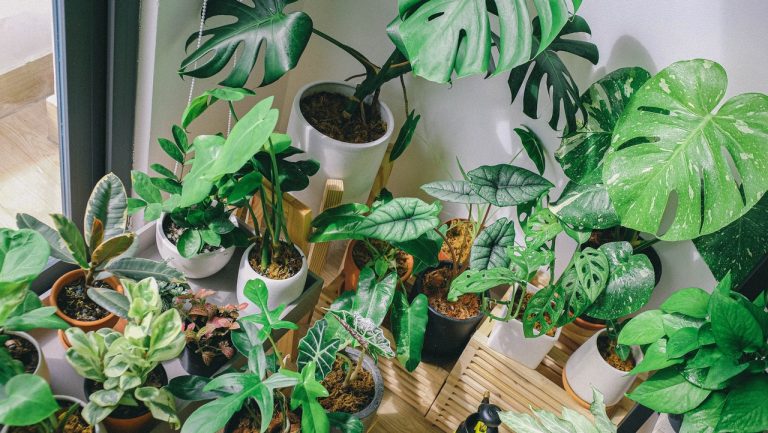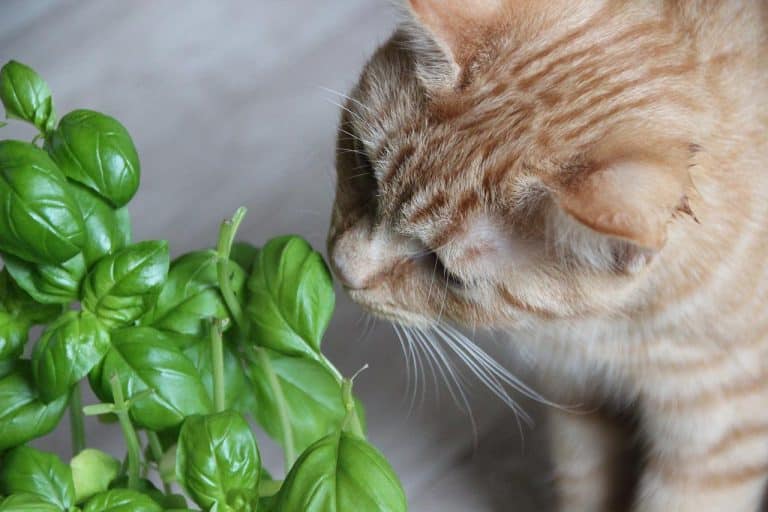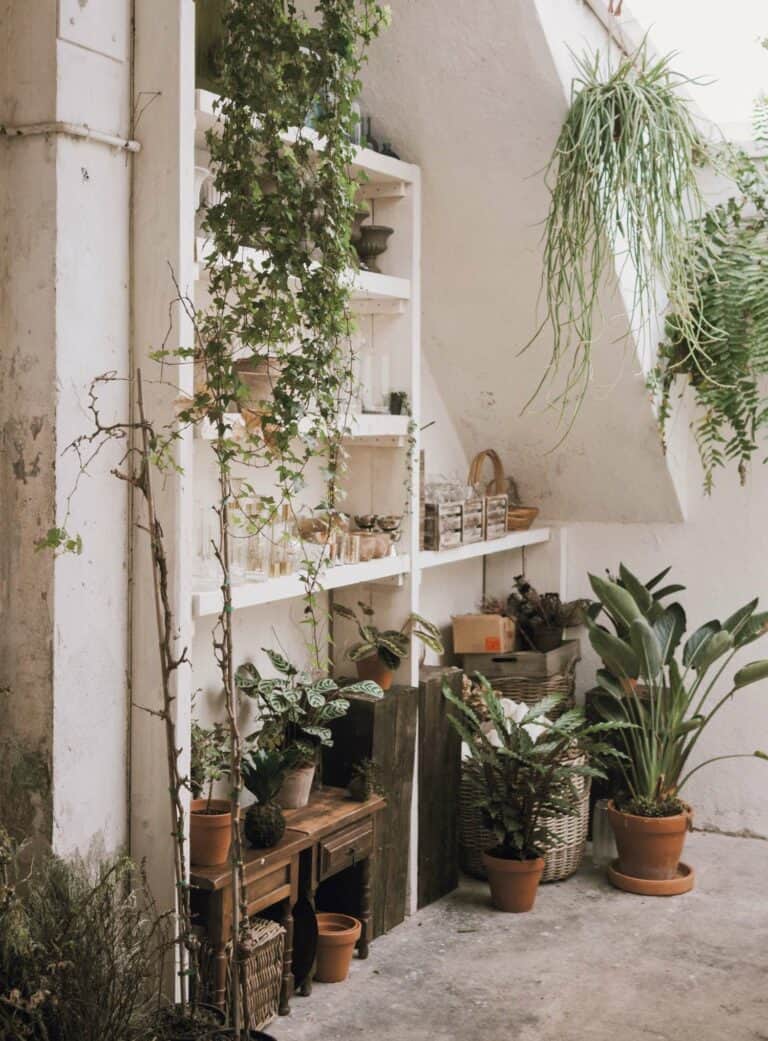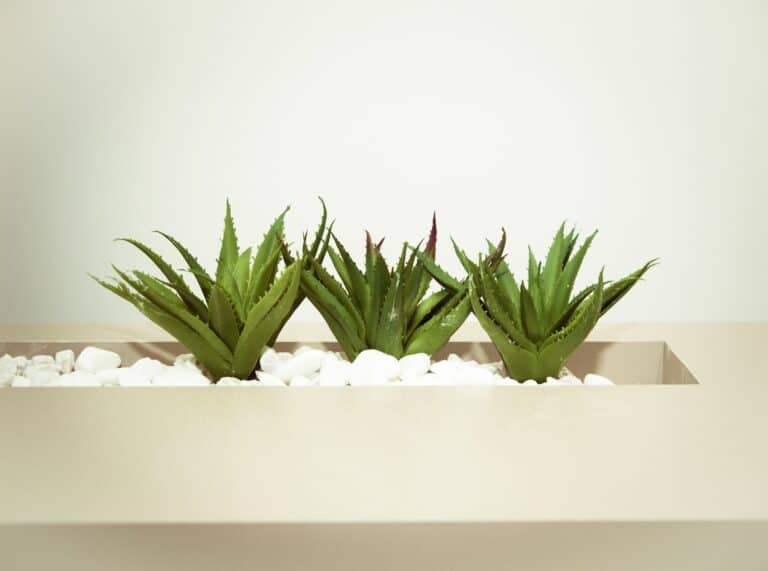Caring for Cacti and Succulents
If you have a bright south window or other spot that gets strong sun for at least 4 hours a day, you have a good place to grow cacti and succulents.
All cacti and succulents tolerate dry indoor air well, though they vary in how dry they like conditions to be.
Species that come from jungle environments, such as the well-known Christmas cactus or the tiny succulents known as haworthias, demand regular watering, while desert cacti and agave are able to go weeks or months without any watering at all.
Learn the preferences of each plant you adopt, not only in terms of water but in terms of rest period. Cacti are never fully dormant, but all of them need a rest period if they are to produce flowers.
The same goes for many succulents — for example, kalanchoe. The timing and temperature of the rest period for various species are included in the plant profiles that follow.
To fulfill the rest requirements of any cactus or succulent, appropriate changes in location are usually needed.
Cacti and succulents grown together in dish gardens are lovely, and some people grow their collection in a large tray that fills an entire windowsill.
Arid dish gardens work well as long as the plants have similar seasonal needs. However, if cactus flowers are a high priority, it is often simpler to meet a plant’s needs for water, light, fertilizer, and temperature if it is kept in an individual pot.
Cactus flowers last only 1 to 3 days, but the flowers are often gigantic compared to the size of the plants that bear them.
Cacti and succulents often show best if the surface of the soil is covered with small stones, gravel, or sand, so that it mimics a desert landscape.
You can arrange a pebble mulch in a pattern by using two or three different colors to form an attractive design. The pots themselves can be plain terra cotta, or you can use more colorful ceramic or painted pots. Any container that provides excellent drainage will do for cacti and succulents.







